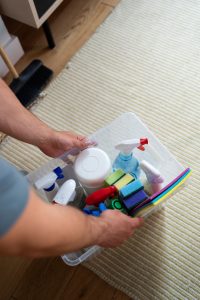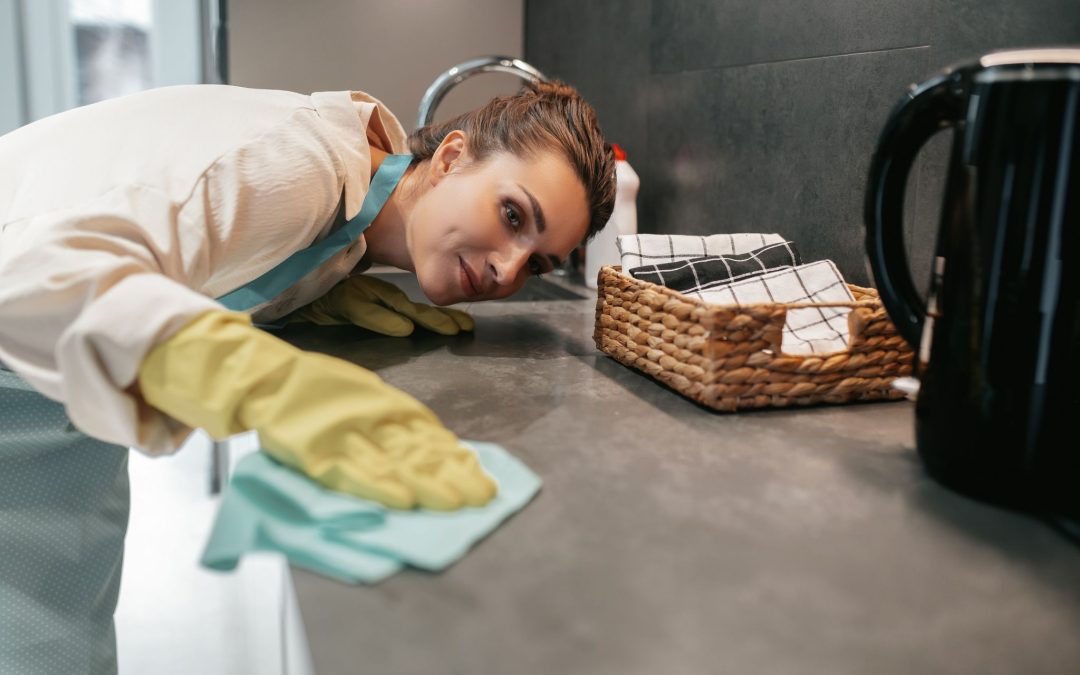 Embarking on a career as a caregiver is a deeply rewarding journey, coupled with a responsibility to maintain a safe environment for both the caregiver and the individuals receiving care. Let’s look into the practical and ethical strategies aimed at establishing a secure and comfortable work environment during caregiving shifts, emphasizing the importance of genuine care and attention.
Embarking on a career as a caregiver is a deeply rewarding journey, coupled with a responsibility to maintain a safe environment for both the caregiver and the individuals receiving care. Let’s look into the practical and ethical strategies aimed at establishing a secure and comfortable work environment during caregiving shifts, emphasizing the importance of genuine care and attention.
1. Client-Centric Knowledge
Acquiring an in-depth understanding of the client’s unique needs, health history, allergies, and medications is foundational. This personalized knowledge not only enhances the quality of care but is fundamental for ensuring the safety of both the caregiver and the care recipient.
2. Open Communication Channels
Establishing transparent communication with senior clients, their families, and the supervisory team is paramount. Regular updates on the client’s health, any shifts in their condition, and timely reporting of incidents contribute significantly to maintaining a secure caregiving environment.
3. Creating a Safe Physical Space
Prioritize the removal of potential hazards in the living space. Eliminate tripping risks, secure rugs, and ensure adequate lighting. Installing grab bars, especially in bathrooms, minimizes the risk of falls. A safe physical environment is foundational for the caregiver and care recipient’s well-being.
4. Implementing Proper Body Mechanics
Caregivers frequently engage in physically demanding tasks. Employing proper body mechanics during activities such as lifting, transferring, and assisting with mobility is crucial to prevent injuries. Utilizing assistive devices when needed and seeking assistance for physically demanding tasks are key safety practices.
5. Adhering to Infection Control Protocols
Maintaining stringent infection control practices is vital. Regular handwashing, proper disposal of used materials, and adherence to infection control protocols help prevent the spread of illnesses, especially in the context of the current global health situation.
6. Emergency Preparedness
Being well-prepared for emergencies is non-negotiable. Familiarize yourself with emergency procedures, including evacuation plans, and be aware of the location of emergency supplies. Ensure access to emergency contact information for both clients and relevant healthcare providers.
7. Prioritizing Self-Care
Recognize the significance of self-care. Ensuring adequate rest, proper nutrition and emotional support are critical components of maintaining overall well-being. Prioritizing self-care is not only essential for the caregiver’s health but also ensures sustained high-quality care for clients.
8. Thorough Documentation and Record Keeping
Maintain accurate and up-to-date records of provided care. Detailed documentation of medication administration, health status changes, and incidents supports continuity of care and serves as a valuable resource for healthcare professionals.
9. Continuous Professional Development
Stay informed about best practices in caregiving through continuous education. Attend training sessions, workshops, and seminars to enhance knowledge and skills. Keeping abreast of the latest information contributes to optimal care provision while minimizing risks.
10. Advocacy for a Safe Work Environment
Advocate for safety both for yourself and your clients. If potential hazards or concerns are identified, communicate them to the supervisory team to collaboratively address and rectify them. A proactive approach to safety ensures the well-being of all parties involved.
Safety is a cornerstone of caregiving. By incorporating these ethical and practical strategies into daily routines, caregivers can establish a secure and nurturing environment for themselves and those under their care. Remember, fostering a safe caregiving environment is built on knowledge, communication, and a commitment to ongoing improvement.

